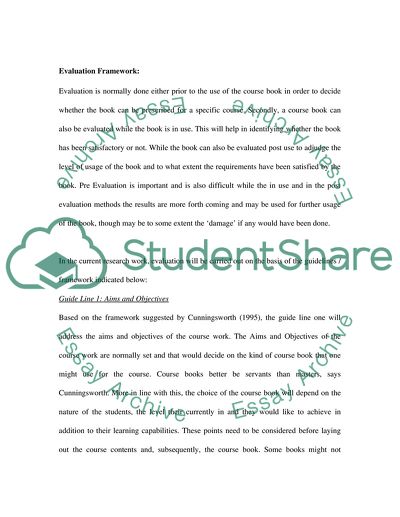Cite this document
(“Evaluation of the English File Intermediate Essay”, n.d.)
Retrieved from https://studentshare.org/english/1524969-evaluation-of-the-english-file-intermediate
Retrieved from https://studentshare.org/english/1524969-evaluation-of-the-english-file-intermediate
(Evaluation of the English File Intermediate Essay)
https://studentshare.org/english/1524969-evaluation-of-the-english-file-intermediate.
https://studentshare.org/english/1524969-evaluation-of-the-english-file-intermediate.
“Evaluation of the English File Intermediate Essay”, n.d. https://studentshare.org/english/1524969-evaluation-of-the-english-file-intermediate.


